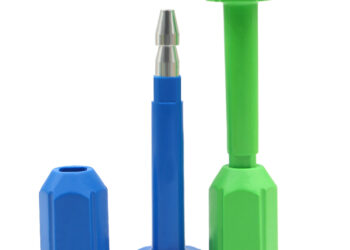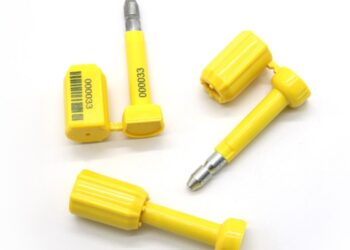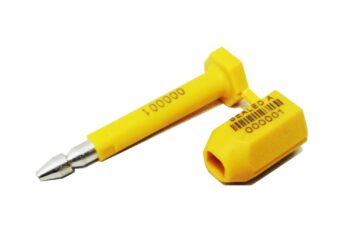Mechanical seals play a crucial role in ensuring the integrity and security of freight containers during transportation. These seals are designed to prevent unauthorized access, tampering, and theft of valuable cargo. Proper testing of mechanical seals is essential to maintain the reliability of the transportation process and safeguard the contents of the containers. In this article, we will delve into the fundamentals of freight container mechanical seals testing, highlighting its importance, testing methods, and industry standards.
Importance of Mechanical Seals Testing:
Mechanical seals serve as the primary line of defense against unauthorized access and tampering. They act as a barrier that prevents external elements from compromising the security of the container’s contents. Adequate testing ensures that these seals are functioning as intended, providing peace of mind to stakeholders and shippers that their cargo will reach its destination intact and secure.
Testing Methods:
- Visual Inspection: A basic yet essential method, visual inspection involves a thorough examination of the mechanical seal. Inspectors look for any signs of physical damage, corrosion, or tampering. This inspection can reveal obvious issues that may compromise the seal’s integrity.
- Seal Integrity Testing: This method involves subjecting the mechanical seal to a series of tests to determine its resistance to tampering. These tests can include torque testing, which assesses the force required to break or tamper with the seal. Pull tests measure the strength of the seal’s attachment, ensuring it cannot be easily removed.
- X-Ray and Imaging: Advanced imaging techniques such as X-rays can be employed to examine the internal components of a mechanical seal without physically breaking it. This method is particularly useful for detecting hidden tampering or anomalies that may not be visible through visual inspection.
- Environmental Testing: Mechanical seals are exposed to a range of environmental conditions during transportation. Testing under simulated environmental conditions, such as extreme temperatures, humidity, and vibrations, can assess the seal’s performance and durability under real-world scenarios.
Industry Standards:
- ISO 17712: This international standard outlines the requirements for mechanical seals used on freight containers. It defines three levels of seal security: “I” for indicative seals, “S” for security seals, and “H” for high-security seals. Each level corresponds to varying degrees of tamper resistance and requires different testing methods and criteria.
- C-TPAT Guidelines: The Customs-Trade Partnership Against Terrorism provides guidelines for supply chain security, including the use of mechanical seals. These guidelines emphasize the importance of conducting thorough seal inspections and using high-security seals to prevent tampering.
- Industry Best Practices: Beyond formal standards, industry best practices recommend regular and systematic mechanical seal testing. This includes implementing a documented testing process, training personnel in seal inspection techniques, and maintaining a chain of custody for seals.
Conclusion:
proper testing of mechanical seals used in freight containers is essential to ensure cargo security and prevent tampering during transportation. Various testing methods, including visual inspection, seal integrity testing, imaging, and environmental testing, contribute to determining the effectiveness of these seals. Adhering to international standards such as ISO 17712 and following industry best practices helps maintain the integrity of the transportation process and the security of valuable cargo. By investing in thorough and rigorous mechanical seals testing, stakeholders can uphold their commitment to safe and secure freight transportation.











